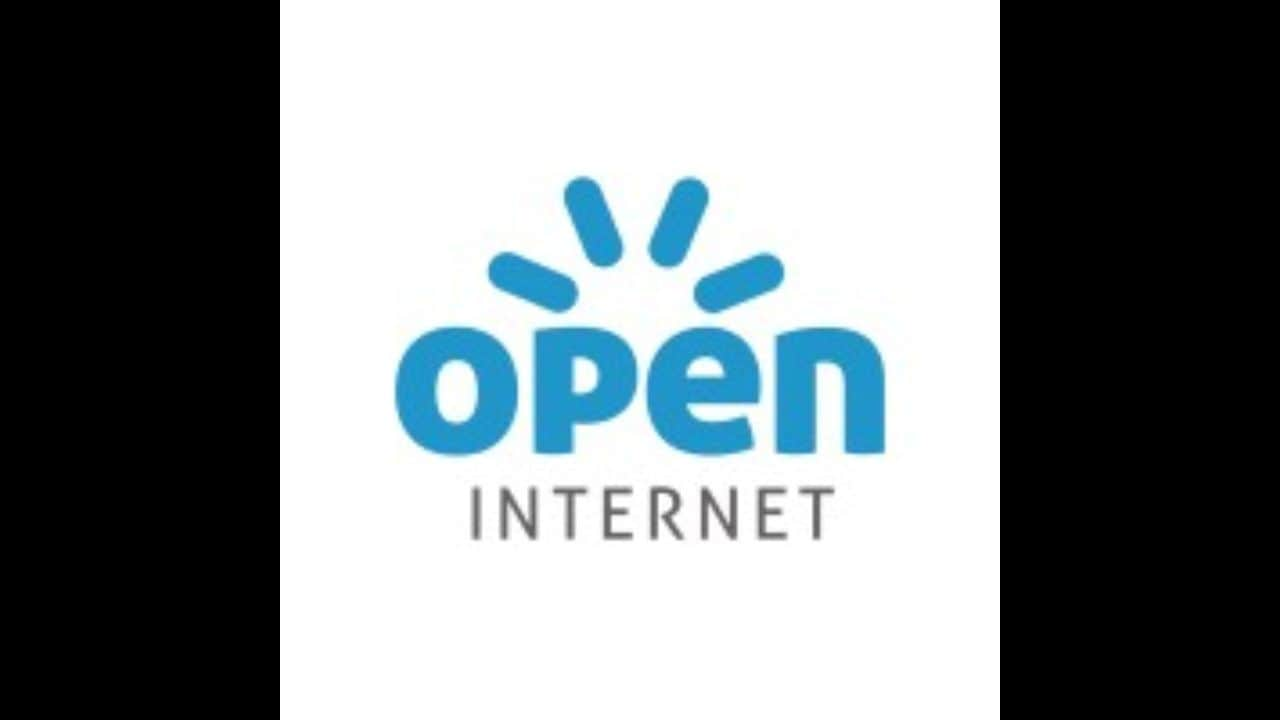Trade Desk has released a report titled ‘Elevating your Digital Marketing Strategy with AI’. As per the report, media fragmentation can fuel growth for audience-centric advertising. There are many advertisers who are seeking greater agility and cross-channel measurement capabilities.
The report also highlighted that the scale of the open internet was prioritised over the convenience of walled gardens.
A transformation has been unfolding since the early 2010s. Programmatic advertising emerged and flipped the script on conventional methods by marrying data and automation.
Digital advertising has transitioned from relying on guesswork to making data-informed decisions that power the delivery of more relevant ad impressions. As per the report, programmatic has since set the tone for ad agreements, where direct deals take place between advertisers and media owners, including social platforms.
Many advertising leaders are convinced that the audience-led programmatic approach is a significant advancement in data-driven advertising. They are urging brands to pivot. Only 15 percent of India’s advertising spend is funnelled into the open internet, indicating a significant untapped opportunity for brands looking to connect with audiences where they spend their time, stated the report.
As per Anil Pandit, EVP, Head of Programmatic, Data, and Tech Publicis Media, “If you’re looking to layer multiple attributes, the best strategy is private marketplaces and open market. Unlike PG, they provide the control needed for precise targeting. The open market also helps you maximise outcomes when you have to achieve multiple KPIs.”
According to Om Jha, head of media strategies and partnerships PepsiCo, “Given the heavily fragmented nature of India’s media ecosystem, programmatic advertising is essential to reaching audiences effectively.”
The programmatic landscape is adapting to advertiser calls for greater agility and the ability to measure ads across channels. These demands reflect the need for a more open and accountable advertising ecosystem.
Modern programmatic, an advancement from the conventional PG approach, empowers brands to assess and compare ad performance across different channels on the open internet such as news/websites, music streaming, OTT/CTV, and online gaming. In this way, advertisers can allocate budgets in a more effective manner for optimal outcomes.
Arvind B Sainath, head of marketing effectiveness and media/digital planning, Diageo, stated, “When it comes to PG, assessing ad performance is akin to students grading their own homework. I’d much prefer the objectivity of the open internet. The independence and transparency that come from external verification give credence to our success.”
Shashidhar Sharma, head of programmatic, GroupM, said, “Programmatic advertising has changed the way brands orchestrate their presence across display, video, mobile, and social media. This multi-channel approach ensures a cohesive brand experience that reflects the diverse preferences of the Indian consumer.”
A striking 600 million consumers in India are spending their time surfing the vast expanse of the open internet. The open internet is not controlled by any individual, business, or government body. It refers to online media properties (websites, platforms, and apps) across gaming, news, blogs, music, and OTT/CTV.
Walled gardens are closed ecosystems that are controlled by a few tech giants. They own the content and media and have full control of the technology used to target, place, and measure ads. These include Google, YouTube, Facebook, Instagram, etc.
Prabhvir Sahmey, Senior Director, Samsung Ads, stated, “Programmatic advertising has transformed the way we launch large-scale campaigns. It allows us to connect with a vast audience rapidly, bypassing the slower, traditional publisher-by-publisher approach.”
Brands advertising on OTT/CTV are 33 percent more likely to be perceived as premium compared to video ads on walled gardens.
Consumers are also 17 percent more likely to purchase products advertised on news/ websites compared to ads on social media.
Projections indicate that global programmatic ad spend will likely reach $919 billion by 2027, and 84 percent of this spend will be transacted programmatically. Notably, India’s programmatic ad spend share grew 72 percent in the past five years (2019 to 2023) and is expected to encompass 44 percent of all digital ad spend in the country by the end of 2024.
Read More: Godrej reports net loss of Rs 1,893 crore for the March quarter
